INTERVIEWS
Interview by Natalia Baeza, Coordinator of the Tourism Office of the Municipality of Futaleufú
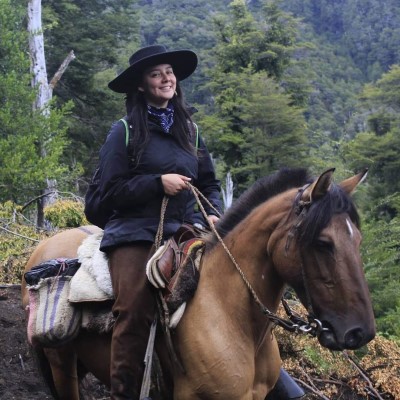
Natalia Baeza, Coordinator of the Tourism Office of the Municipality of Futaleufú
Visit Latin America: How did you come up with the idea to apply for the Green Destination competition?
Natalia Baeza: We discovered this initiative in 2017. We immediately thought about the possibility of applying, but in the end, we realized that we had to prepare better first and advance more in the management of tourism in our municipality before doing so.
In 2019, we were brought in to work with Felipe Vera, who is responsible for Green Destination in Chile. We invited him to take part in a seminar on climate change as an exhibitor and then we organized meetings in our municipality on this topic related to tourism. Little by little, we defined the project together and finally launched it in 2020!
VLA: So, the idea came from your meeting with Felipe Vera and Green Destination?
Exactly! I knew Felipe Vera for a long time, he was a professor at the university where I studied. We stayed in touch, and we have always been interested in avant-garde topics in tourism. Felipe Vera is also a member of the World Tourism Organization’s group of experts. So, we worked for Territorial Development and have now become practically work colleagues.
VLA: What were the stages of this great project?
We started by gathering all the information necessary to present our application. To participate in the competition, we had to fulfil 30 criteria concerning both municipal management and good practices in tourism and sustainability, but only 15 were compulsory. Initially, we worked through the 30 criteria to identify which ones we were most comfortable with and which ones we would focus on and advance.
We worked hand in hand with Felipe Vera and other sectors of the Municipality. The main subject was of course tourism, but at the same time we had to present a project that showed the good management of the municipality. It was a multidisciplinary job. So, we decided to present a project initiated between 2016 and 2017 on waste treatment in the urban area of Futaleufú.
The aim of this pilot project was to change the process of waste collection and treatment, but also its reduction. This allowed us to continue working on the project and at the same time it was a perfect topic for our application to the Green Destination competition.
Following the guidelines of the team of consultants hired for this project, we started by going door-to-door. One by one we visited the houses in the community to understand what waste separation meant to everyone. Each house was given three different colored bins.
We even distributed magnets in the shape of bins to stick on the fridges and used social networks and the radio to disseminate and transmit useful information about sorting and the colors of the bins to be respected according to the type of rubbish.
At the same time, another municipal team was building a waste treatment center in the area called Lonconao. As they did not have the capacity to recycle everything locally, some of the waste was sent outside the municipality.
We focused on turning the organic waste into compost. The compost was made available to all the inhabitants of the municipality free of charge and we became pioneers in this field in Chile!
VLA: How would you define the role of the community in the success of this project?
The role of the community has been crucial without any doubt!
Beyond the recognition of Green Destination and the fact that the idea came from the municipality, the community took ownership of the project and the whole of Futaleufú took on the task of sorting the waste. The whole community realized that there was a need to change and improve the way waste was handled.
From then on and thanks to this success, other rural areas joined in and today it has become a huge project that we are working on in many other places.
Waste separation and community work has become an important part of tourism to the extent that the town’s tourism staff explain to visitors how we work and where the different colored bins are located during their stay. This project also involves a change of mentality because the idea may be good but if people don’t take ownership of it, it doesn’t work.
VLA: Did you start this project from a rather clean city, or did you have problems with waste scattered all over the city?
Futaleufú has been developing tourism for more than 30 years with a constant growth year after year. In the beginning, tourism only attracted those who were born and raised here or niche tourism. The town was clean and there was no litter in the streets. Bins had been installed and people used them properly. Futaleufú has always been known as a green and clean place.
We realized that with the development of the city there would also be an increase in the amount of waste and rubbish. So, we had to find a way to deal with it in an environmentally friendly way.
VLA: How would you have approached the situation if your municipality had had serious problems with cleanliness?
One of the great things about being a member of the Top 100 Green Destinations was being in contact with other cities around the world.
In talking to colleagues from Turkey and other European countries, who have worked on similar projects but who have faced very important issues of cleanliness, the point we all agreed on was education.
We must understand the origin of the problem, explain to people what we are doing and, above all, explain to them the damage caused by rubbish.
You must educate in every possible way, for example, in Futaleufú during the summer period there are festivals and other events. So, we organized parades with children whose costumes were made by the families from recycled materials. So, it was a different concept that allowed us to do something else with this waste. The dynamic was different.
The theme of ecological bricks was also put forward and a good example of this was the construction of a greenhouse with this material by a rural school.
This project came about because people realized that waste could be used for other things. So, education is the basis of everything. As places develop as tourist destinations, this attracts more people and generates more waste. We must work to welcome tourists in good conditions.
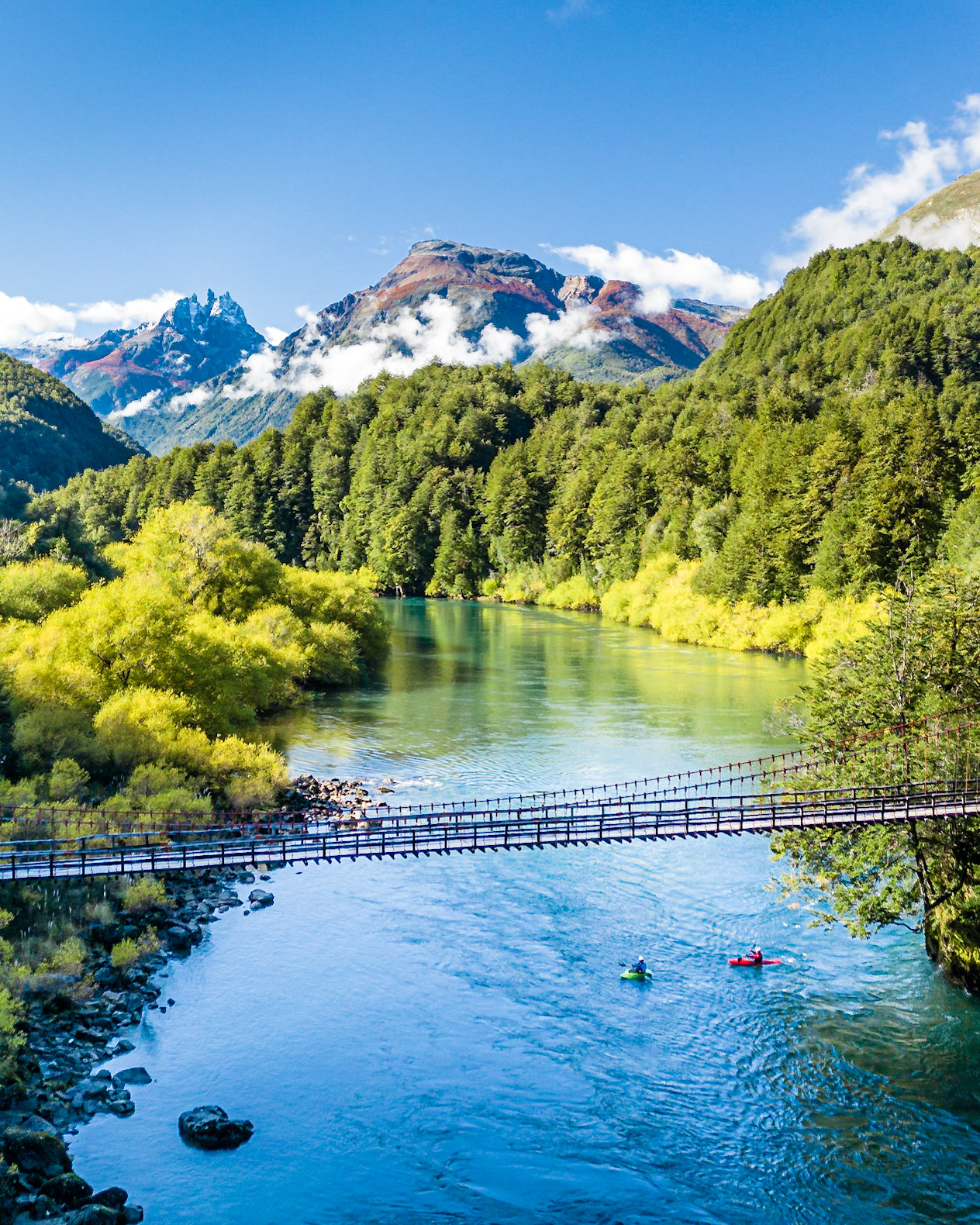
(Photo: Tourism Office of the Municipality of Futaleufú)
VLA: What are your plans now that you have won this award? Are you going to make yourself known thanks to this?
This success has been a whole process for us. First, we wanted to be part of the top 100 Green Destinations. Only two destinations in Chile are in the ranking: Futaleufú and Puerto Natales, a place in the south of the country.
Then, in 2020, we won the Earth Award at the ITB in Berlin, the world’s largest tourism fair.
Then we were voted by the public to 3rd place worldwide at the same trade fair. We did not expect this. In the 100 destinations competing in this category, there were destinations like the Galapagos Islands which are much better known than us.
We did not see this success coming and it took us some time to realize that people had been able to freely choose Futaleufú for our work in the field of Sustainable Tourism.
Now, based on this recognition, we intend to make our experience known and try to encourage other cities and countries to do the same.
VLA: And how will you use this award to promote the tourist destination?
No destination is 100% sustainable. The principles of sustainability are dynamic. People change, their territories change. We received this award with a lot of pride, but above all it gave us the desire to continue learning and working.
Even though Futaleufú has a global position thanks to its river, which is recognized as one of the three most beautiful in the world, our city was not known.
When we heard the news, we said to ourselves, ‘okay, we did a good job’. Now we are aware that we cannot be satisfied with having received this award and stop there.
We must continue to improve our working methods. This is the vision of the municipal administration, and we are determined to continue to move forward in this direction.
The first thing we did was to reach out to the community, because this is all their achievement, not ours, not mine, not the Mayor’s or the Municipality’s. It’s a collective achievement, of the people who are involved in this.
It is a collective achievement, of the people who sorted the waste, of the driver who drives the truck, of the garbage collector who goes from house to house, of the team that is at the sorting center, of all of us together.
We have new challenges ahead of us, especially because we must work in rural areas, where the logistics are different because they are very large areas. So, the challenge is there, to see how we are going to solve each problem that is going to come our way. Maybe in the future we won’t send some waste to the regional capital or to Argentina because it’s more than 12 hours away!
VLA: Was the investment significant?
Yes, but it was mainly the construction of the Waste Treatment Centre that was expensive, we had to acquire the land and then we had a fire that doubled the cost of the project. Unfortunately, part of the center was destroyed, as well as the machinery.
Despite this, we never stopped. We continued to sort the waste even though we had to do some of the work manually as we had done in the beginning, until we could replace the machines.
VLA: What controls have you put in place?
At the beginning we had a Municipal Controller whose main function was to ensure that the waste was separated correctly and on time. Later, the Controller’s function was replaced by a team from the Municipality that was authorized to issue fines in case of non-compliance.
Fortunately, everyone played along, and no one was fined. We also set up a system of recognition of good practices and this has produced good results. Seeing that your neighbor is recognized by the community for his or her compliance is more encouraging than receiving a punishment.
Despite these good results, we are considering taking over the monitoring function because the town of Futaleufú has grown. We already have more than 3,000 inhabitants plus those living in rural areas and this requires additional resources and the necessary control logistics.
VLA: If you had to give advice, a recommendation to another city that wanted to follow your example, what would you say?
There are many things to say and advice to give depending on the starting point and the reality of each one. Each case is different and technically speaking, the process is not the same depending on whether you start from a clean city or one where there is waste everywhere. The degree of difficulty is not the same, nor the means to be used.
However, in both cases, and after talking to people in charge of other destinations around the world, the best advice is to believe in what you are doing and never forget why you are doing it. We have a responsibility to the environment and to the legacy we will leave to those who come after us.
Under no circumstances should we stop, even when the task seems very complicated. When I feel exhausted, I look at my daughter and remind myself that everything I do is also for her.
Thinking about the planet we are leaving to our children is inspiring and should encourage us to continue working to improve our environment. Let’s not be discouraged, more and more of us are thinking like this!
RECENT POSTS
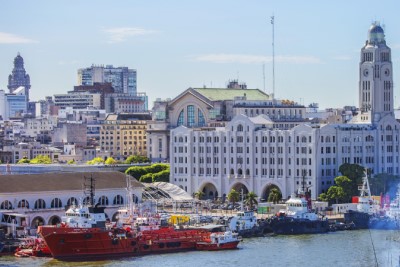
Montevideo, New Headquarters of the Tourism Law Observatory for Latin America and the Caribbean
LATAM NEWS Montevideo, New Headquarters of the Tourism Law Observatory for Latin America and the CaribbeanMontevideo, the capital of Uruguay, has been designated as the headquarters of the Tourism Law Observatory for Latin America and the Caribbean, an initiative...
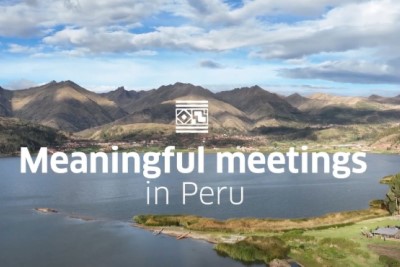
“Meaningful Meetings in Peru 2024”: A New Era for Meeting Tourism
LATAM NEWS “Meaningful Meetings in Peru 2024”: A New Era for Meeting Tourism Peru's Export and Tourism Promotion Agency (PROMPERÚ) recently launched its ‘Meaningful Meetings in Peru 2024’ campaign. This initiative aims to position Peru as a destination of...
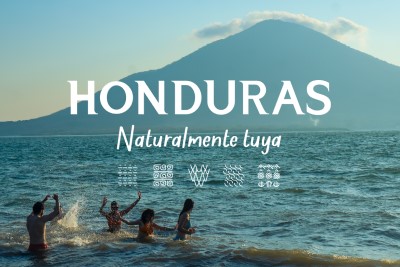
Launch of the ‘Honduras, Naturalmente Tuya’ Brand: A Hymn to Beauty and Diversity
LATAM NEWS Launch of the ‘Honduras, Naturalmente Tuya’ Brand: A Hymn to Beauty and Diversity The Honduran Tourism Institute (IHT) officially launched its new tourism brand, ‘Honduras, Naturalmente Tuya’, at a spectacular event held at Tegucigalpa's Manuel Bonilla...


